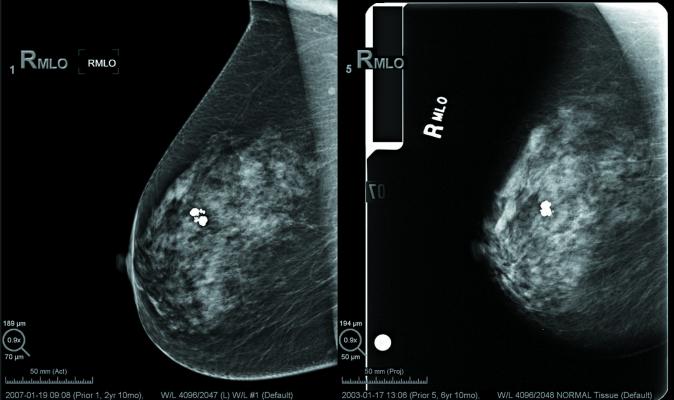
October 14, 2015 — Findings from a new population-based study in the Netherlands appear to reaffirm that early detection of breast cancer positively impacts long-term patient survival.
The study — based out of Erasmus University Medical Centre, the Netherlands Comprehensive Cancer Organization and the University of Twente and published in the BMJ — retrospectively looked at the cases of 174,000 Dutch women. The population was broken into two large cohorts: women diagnosed with breast cancer between 1999 and 2005 (80,228 women, median age 59) and women diagnosed 2006-2012 (93,569 women, median age 60). According to study authors, the two cohorts were selected due to significant changes in the screening guidelines in 2005.
Elaine Schattner, M.D., in a piece on the study for Forbes, said there are two key takeaways from the results:
- Overall survival was significantly shorter for women whose breast cancer had spread to the lymph nodes; and
- Larger, invasive tumors had a significantly greater impact on long-term survival than smaller invasive cancers.
Schattner also noted that data from the period of 2006-2012 indicated more early-stage diagnoses and low-grade tumors, increases in lumpectomy and increased use of medicines including hormonal treatments.
Study authors note that the Netherlands instituted a national biennial mammography screening program in 1989; the program was initially targeted for all women age 50-69 and was expanded to included women age 71-75 in 1998.
The Dutch study findings go against the modern view, held in some circles, that early detection has little value. According to Schattner, this view is largely based on a 2012 study in the New England Journal of Medicine that attributed improvements in breast cancer survival rates to better treatment options as opposed to mammography screening.
For more information: www.bmj.com


 December 17, 2025
December 17, 2025 









